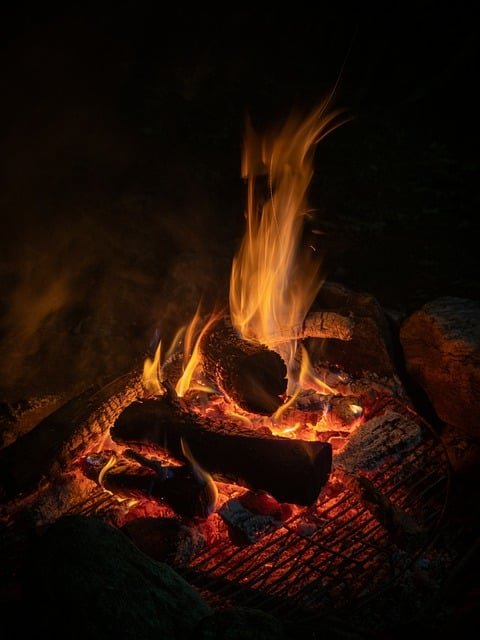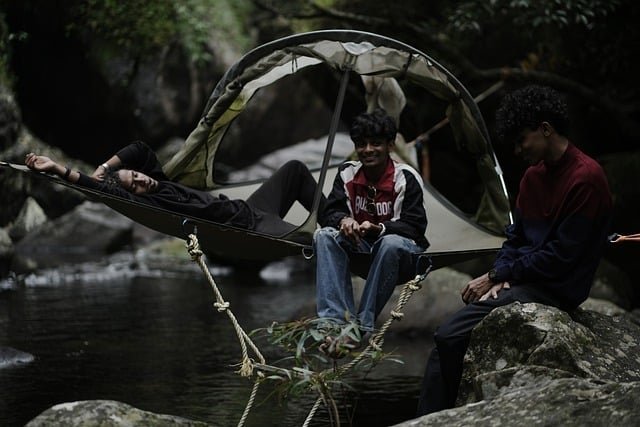How To Tape Fingers For Climbing

How To Tape Fingers for Climbing
Climbing can be a strenuous and demanding sport. A climber`s grip strength and hand protection are essential for achieving success. Taping is a simple and cost-effective technique for protecting your hands and strengthening your grip.
Why Tape your Fingers?
Taping your fingers is a great way to increase your grip strength and better protect your hands from scrapes, blisters, and other types of damage. Taping will also reduce the risk of “flappers” — excess skin that can cause new climbers to have difficulty in gripping holds.
Taping also helps to reduce pain and fatigue. It gives your hands support and cushioning to take the strain off of them. This helps to fight fatigue that can occur due to long days of climbing.
What You Need for Taping
Before taking the time to tape your fingers for climbing, be sure to have the following materials on hand:
- Tape - athletic tape is usually the go-to for taping a climbing. The stickiness of the tape helps secure it, while still allowing it to move with your hand.
- Scissors - a pair of scissors is needed to cut the tape after it`s been applied.
- Wax - chapstick or body glide can be used to create a better seal between the skin and the tape.
Basic Taping Method
Step 1: Begin by applying a small strip of tape directly on the fingertip. Start by wrapping the tape around the tip of the finger, creating a circular shape. Make sure to leave a little bit of space between the fingertip and the tape to ensure that the fingers can still move freely.
Step 2: Then, wrap the tape around the edge of the finger. Start by wrapping the tape around the knuckle and then working your way down the length of the finger. Make sure to leave some extra space at the fingertip as this will be used in the next step.
Step 3: Now we will begin to create the webbing. Take the extra tape we left at the tip of the finger and begin to wrap it around the finger in an overlapping, web-like pattern. It`s important to ensure that the tape is not too tight as this could cause more harm than good.
Step 4: Use the scissors to carefully trim off any excess tape. Now your fingers are protected!
Injury Prevention Tips
Before you start climbing, it is important to remember that taping can be helpful but should never be relied upon to the exclusion of good technique and proper body position. In addition to taping, also practice the following measures to help prevent injuries while climbing:
- Warm-up before you climb - take 5-10 minutes to lightly work through all the muscles you will be using, such as your shoulders, back, and arms.
- Be aware of your limits - don`t try to push past what your body can handle. Take rest breaks as needed and make sure to drink plenty of fluids.
- Use the correct technique - use good foot and hand placements and take note of the most efficient ways to use your body.
- Keep your nails trimmed - long nails can cause excess tearing of the skin and can cause blisters and finger injuries.
Conclusion
Taping your fingers is a great way to protect and strengthen your grip while climbing. When done properly, taping can help reduce the risk of injuries and help you to keep climbing strong. Be sure to have all the supplies necessary for taping and to practice injury prevention measures as well. With proper technique and good habits, you can stay safe and have more fun while climbing!







